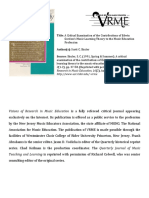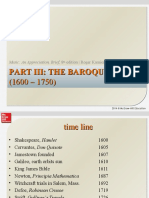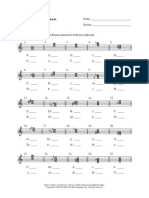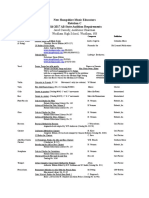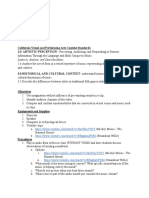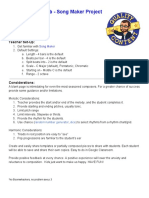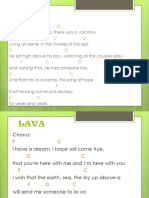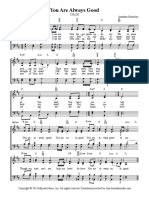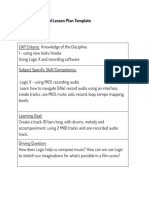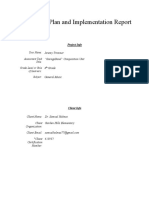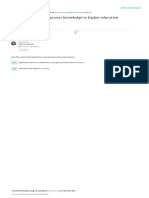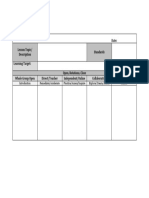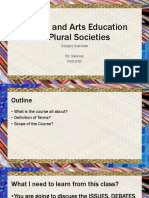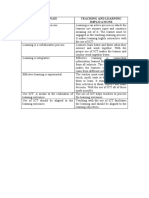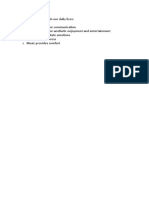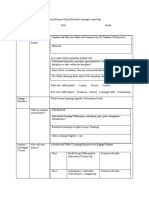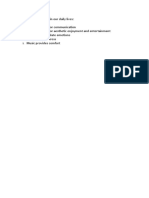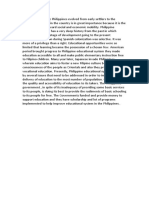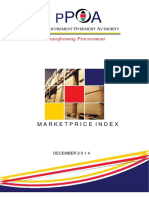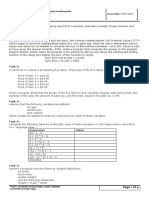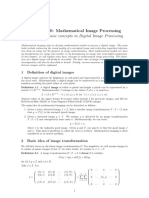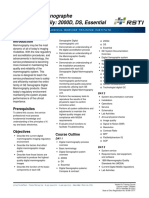100% found this document useful (1 vote)
331 views5 pagesDaily Lesson Plan: (What Is The Snapshot of My Class Flow?)
Students will learn about digital audio workspaces (DAWs) and compositional techniques by listening to examples, discussing different DAW programs, and then crafting an original 1-minute composition using Mixcraft to demonstrate their understanding of working within a DAW framework to generate and refine a musical work. The teacher will circulate to provide support and students can choose an alternate DAW or demonstrate their knowledge through a presentation comparing DAW programs.
Uploaded by
Harlyn May GerianeCopyright
© © All Rights Reserved
We take content rights seriously. If you suspect this is your content, claim it here.
Available Formats
Download as DOCX, PDF, TXT or read online on Scribd
100% found this document useful (1 vote)
331 views5 pagesDaily Lesson Plan: (What Is The Snapshot of My Class Flow?)
Students will learn about digital audio workspaces (DAWs) and compositional techniques by listening to examples, discussing different DAW programs, and then crafting an original 1-minute composition using Mixcraft to demonstrate their understanding of working within a DAW framework to generate and refine a musical work. The teacher will circulate to provide support and students can choose an alternate DAW or demonstrate their knowledge through a presentation comparing DAW programs.
Uploaded by
Harlyn May GerianeCopyright
© © All Rights Reserved
We take content rights seriously. If you suspect this is your content, claim it here.
Available Formats
Download as DOCX, PDF, TXT or read online on Scribd
/ 5


